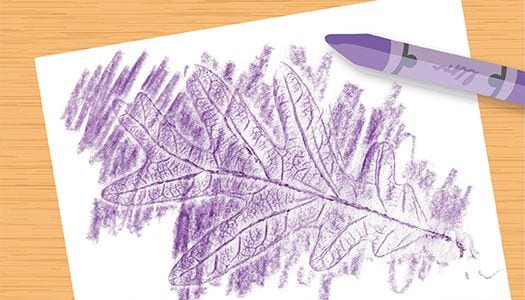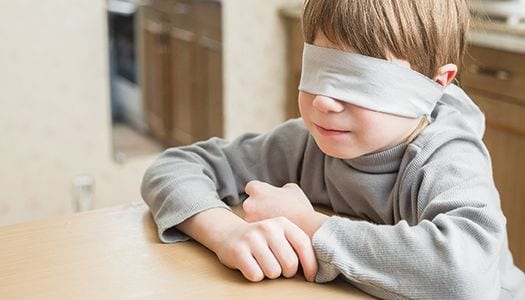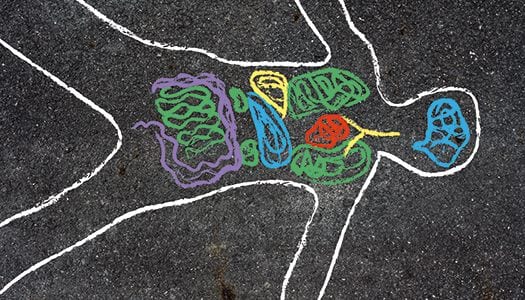
Animal Kingdom
Scientists have made a way to group, or classify, animals so they are easier to study and talk about. This depends on things they share in common such as their habitat, body type, how they reproduce and how they breathe. Learn about the 6 common different animal groups and then take our quiz to see if you can sort more creatures into their group.
Out Of This World
Our solar system is made up of the below eight planets, as well as other objects including comets, asteroids and dwarf planets such as Pluto. Everything in the solar system orbits around the sun.
This solar system is in a galaxy called the Milky Way along with over a billion stars, all held together by the force of gravity. We cannot be sure how many galaxies are in the whole unniverse but some estimate it to be at least 200 billion some of which are as old as 13.2 billion years old.
This is the order of planets from the sun, if you need help remembering here is a rhyme:
My Very Easy Method Just Speeds Up Naming.
Earth
There are two types of trees: Evergreen trees which keep their leaves or needles all year around. Deciduous trees lose their leaves in autumn after they change colour. Every tree has leaves that are different shapes and sizes. Next time you are in the garden or out for a walk see how many of these you can find.
Body
The adult body is made up of 100 trillion cells, 206 bones, 600 muscles, and 22 internal organs. Every organ plays a vital role from our breathing to digestion of food and the cleaning and pumping of our blood around our body.
Amphibians
Reptiles
Fish
Birds
Mammals
Insects
Activity Ideas

Build a bug hotel in your garden.

Design your own creepy crawly.
Activity Ideas

Plan your trip to the moon. Design your ship and list what you need.

Make a telescope & go star gazing.
Activities

Leaf Rubbings
Put a leaf on your page and colour on top with crayon

Litter Picking
On your next walk take gloves and a bag
Activities

Blindfolded Feeling test: Hand each other objects to identify

